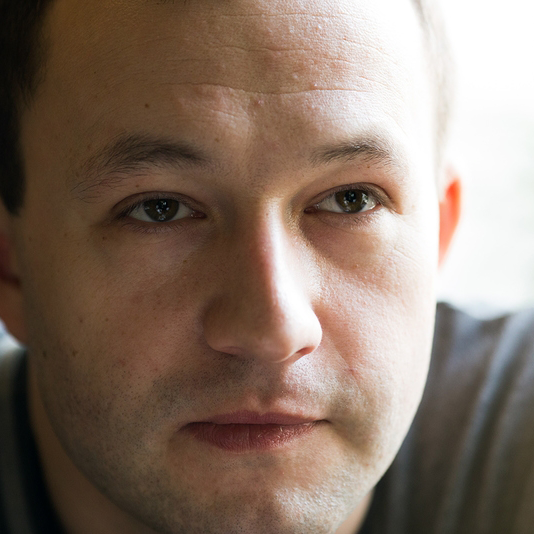Chapter 24. And Then a Miracle Occurs
Konstantin Razumovsky

So, what is the essence of Scrum?
I apologize for such a long letter—I didn’t have time to write a short one.
This famous Mark Twain quote reflects the idea that you have to spend time on understanding some concept in order to explain its essence concisely.
I used to work with an Agile Coach who liked this idea so much that one of his favorite interview questions was always, “In your opinion, what is the essence of Scrum in a maximum of six words?” The keywords he was mostly looking for were feedback, experiments, empiricism, inspection, adaptation, and value.
I don’t think the interviewer realized that his question surprisingly has a very direct answer in the Scrum Guide:
The essence of Scrum is a small team of people.
“I take a deep breath, close my eyes, and write this word: team. Those who say that this doesn’t work for people above 14 just have never seen how this works. And it’s really hard to believe in something you’ve never seen.” This is a quote from Hanna, a member of a Scrum Team from Minsk, Belarus. I would love to attribute Hanna’s inspiration to using the Scrum process only, but I can’t. Her motivation and happiness mostly come from working shoulder to shoulder on a daily basis with four geeks called her team. Geeks who, after six months of joint victories, failures, and quarrels, became very important to her; they became her second family and provided a reason to come to work.
In books, teams are supposed to be created around a common goal and get motivation out of pursuing it. However, organizational goals are often arbitrary or meaningless. Working in a great team is what drives many people. Instead of serving an external goal, the team becomes a goal in itself. Members of a good team get motivation and energy from the team.
One of the most helpful tips I personally know for Scrum practitioners is to generously invest time, energy, creativity, and empathy into getting a team to really jell. Once you do that, many good things in Scrum happen “by themselves,” almost automatically. You will see the better side of every individual on the team. Most of your concerns about involvement, responsibility, and collaboration will fade away. You will understand how collective responsibility works. The favorite mantra of all Scrum Masters—“take it to the team”—starts working great for you.
In a classic cartoon by Sidney Harris, two scientists are going through the steps toward proof of an important theorem. One of the transitions on the way to the goal requires a miracle.
Similarly, on your path to professional Scrum, there is a hard but necessary step: growing a team. And no one knows exactly how this happens.
We do know that for this step to happen, you’ll need to find enough empathetic people with strong intrinsic motivation. Create a safe environment for them—an environment rid of formal “leads,” hierarchy, and demotivators. And listen carefully to the words of people like Hanna who have experienced this: “Somehow, in an unexplainable way in the middle of our collaboration, respect, help, support, and friendship, on some wonderful (really wonderful!) day, a miracle occurs. And you can’t really influence it. You can observe, enjoy, even get benefits out of it, investigate, and try to understand—not for reproducing, but for not breaking it down.”
